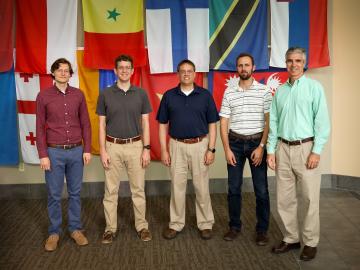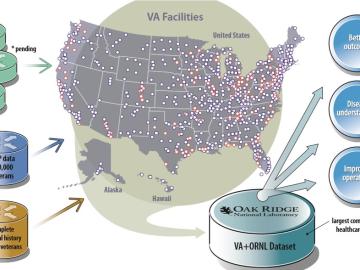
Filter News
Area of Research
- (-) Supercomputing (71)
- Advanced Manufacturing (12)
- Biological Systems (5)
- Biology and Environment (15)
- Building Technologies (3)
- Clean Energy (149)
- Climate and Environmental Systems (5)
- Computational Biology (1)
- Computational Engineering (1)
- Computer Science (8)
- Data (1)
- Energy Frontier Research Centers (1)
- Fossil Energy (2)
- Fuel Cycle Science and Technology (1)
- Fusion Energy (7)
- Isotope Development and Production (1)
- Materials (128)
- National Security (7)
- Neutron Science (66)
- Nuclear Science and Technology (31)
- Nuclear Systems Modeling, Simulation and Validation (1)
- Quantum information Science (3)
- Sensors and Controls (3)
- Transportation Systems (2)
News Topics
- 3-D Printing/Advanced Manufacturing (1)
- Advanced Reactors (1)
- Artificial Intelligence (7)
- Big Data (5)
- Bioenergy (2)
- Biomedical (2)
- Computer Science (30)
- Critical Materials (1)
- Cybersecurity (3)
- Energy Storage (1)
- Environment (3)
- Exascale Computing (2)
- Frontier (2)
- Grid (1)
- Materials Science (1)
- Nanotechnology (1)
- Neutron Science (1)
- Nuclear Energy (2)
- Physics (2)
- Polymers (1)
- Quantum Science (5)
- Security (1)
- Space Exploration (2)
- Summit (11)
- Sustainable Energy (2)
- Transportation (2)
Media Contacts

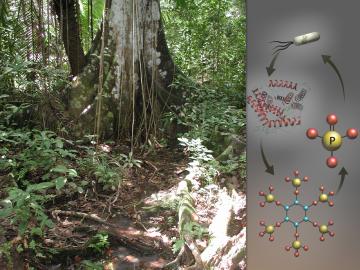

A team of researchers from the Department of Energy’s Oak Ridge National Laboratory has married artificial intelligence and high-performance computing to achieve a peak speed of 20 petaflops in the generation and training of deep learning networks on the
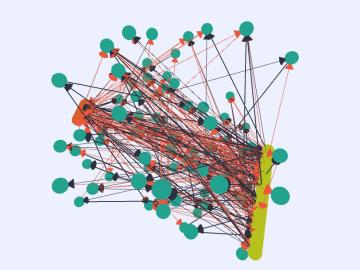

Deep neural networks—a form of artificial intelligence—have demonstrated mastery of tasks once thought uniquely human. Their triumphs have ranged from identifying animals in images, to recognizing human speech, to winning complex strategy games, among other su...
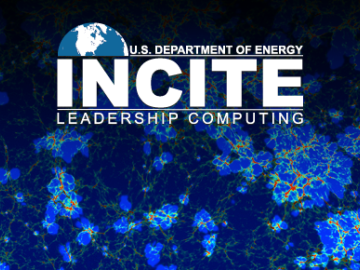
The U.S. Department of Energy’s Office of Science announced 55 projects with high potential for accelerating discovery through its Innovative and Novel Computational Impact on Theory and Experiment (INCITE) program. The projects will share 5.95 billion core-hours on t...
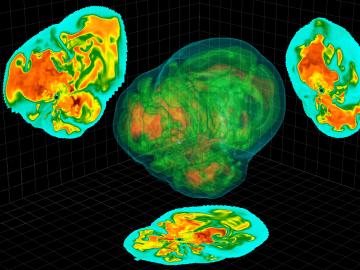
The Big Bang began the formation and organization of the matter that makes up ourselves and our world. Nearly 14 billion years later, nuclear physicists at the Department of Energy’s Oak Ridge National Laboratory (ORNL) and their partners are using America’s most powerful supercomp...

The field of “Big Data” has exploded in the blink of an eye, growing exponentially into almost every branch of science in just a few decades. Sectors such as energy, manufacturing, healthcare and many others depend on scalable data processing and analysis for continued in...
